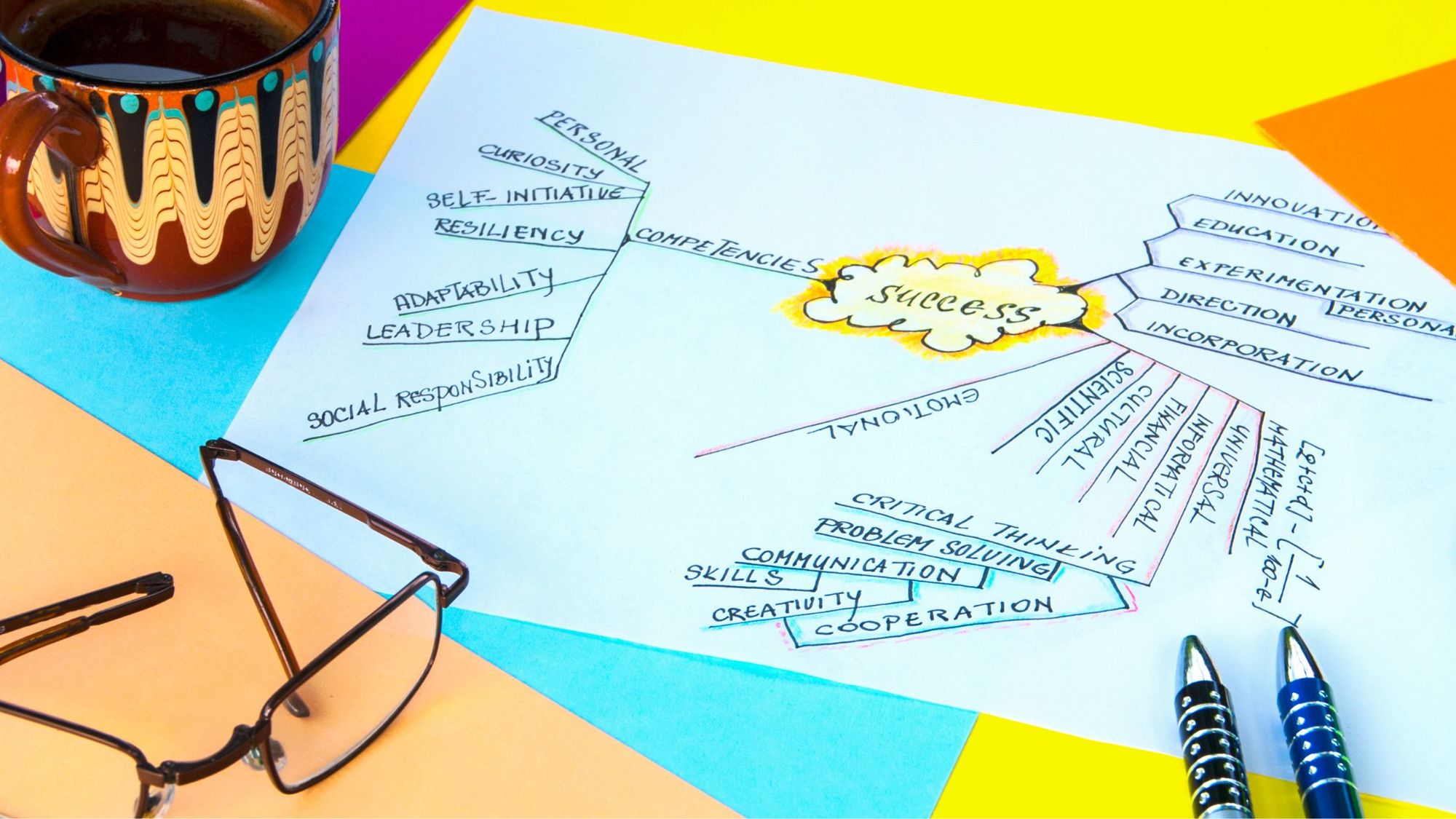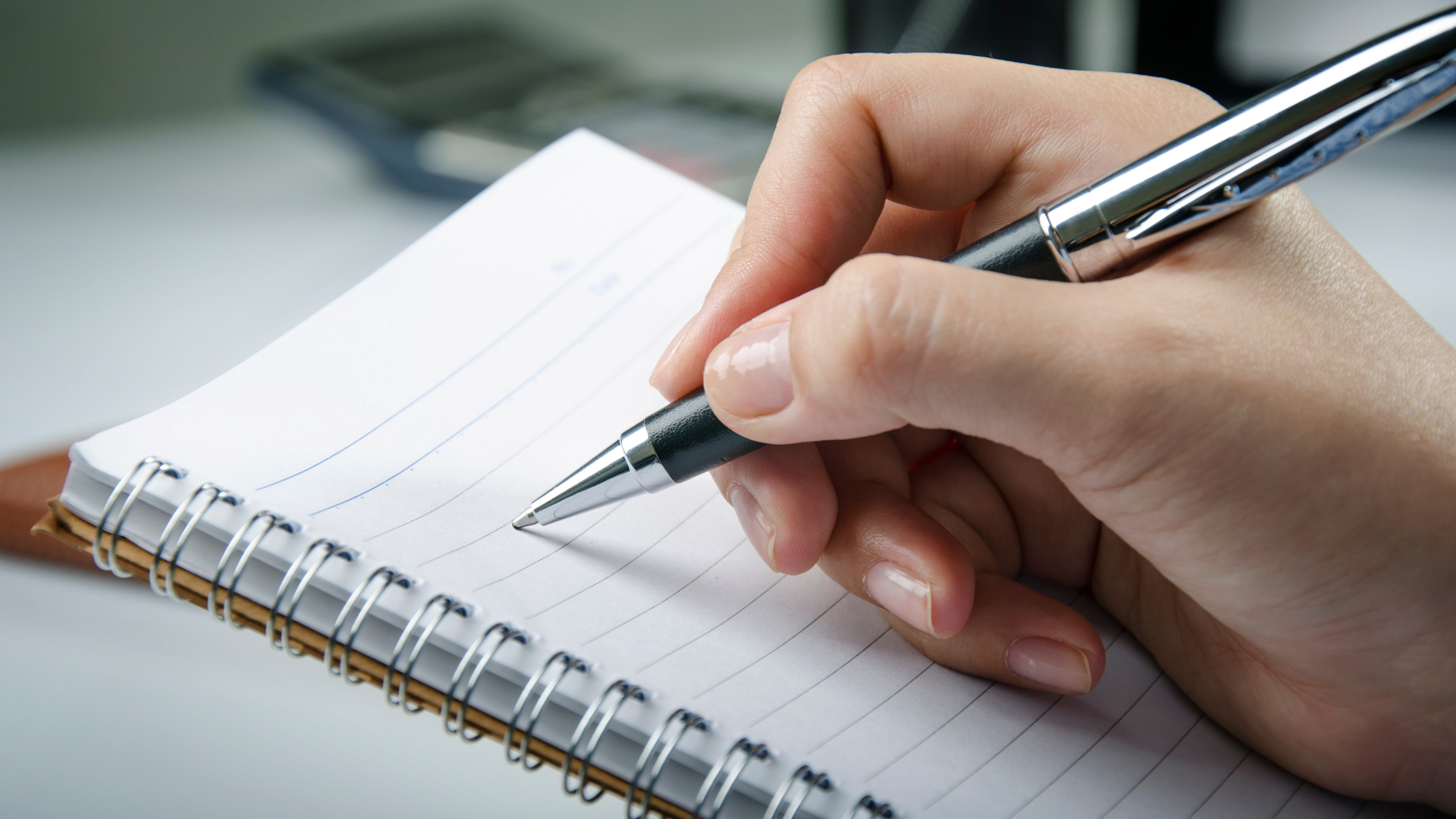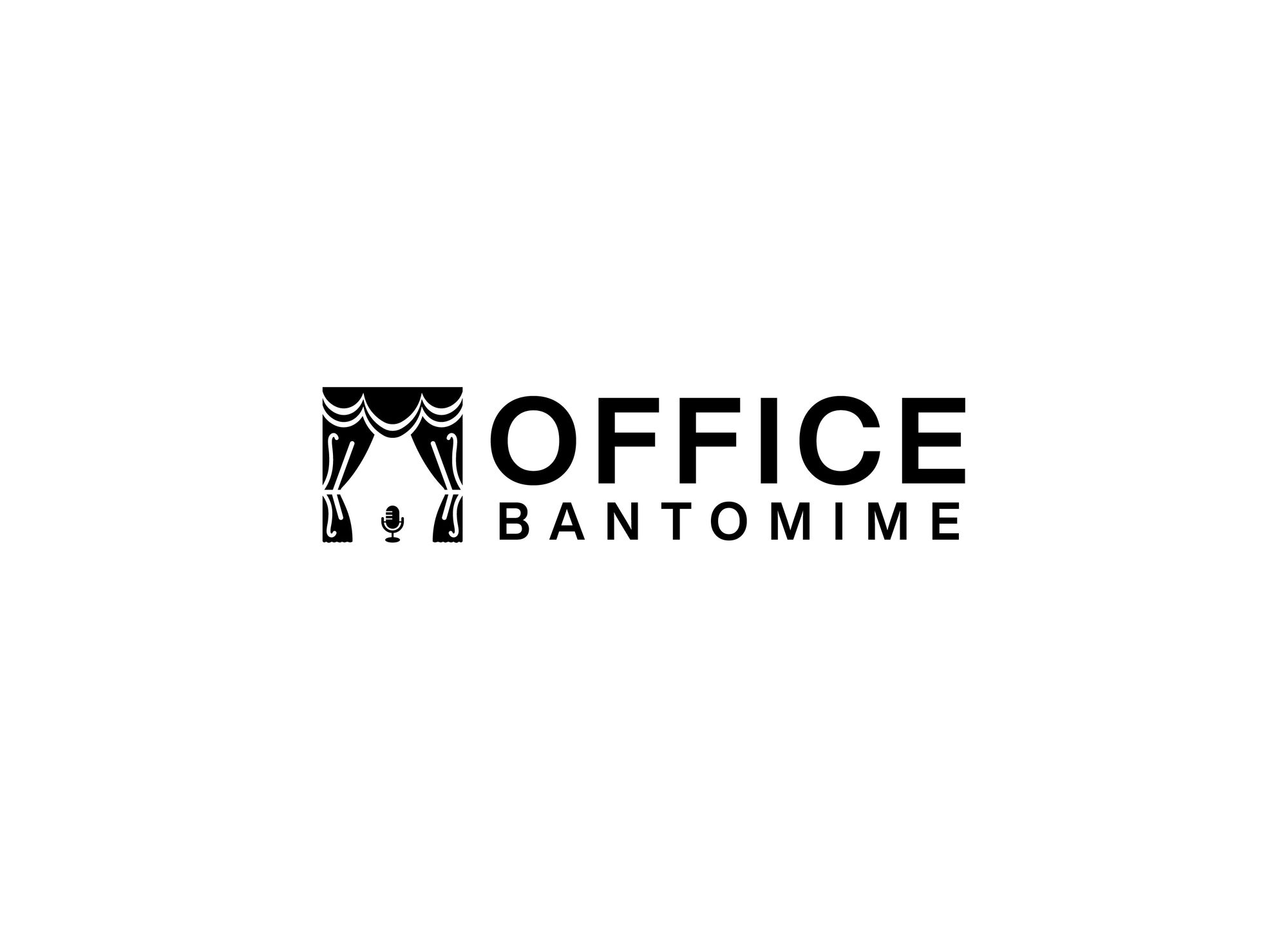"The Epic Showdown: Handwriting vs. Typing - Who Reigns Supreme in Meeting Minutes?"
In the age-old debate of Handwriting vs. Typing for taking meeting minutes, join us as we dive deep into the battle, uncovering the surprising benefits of these two titans. Which method will emerge as the ultimate victor in the quest for productive note-taking?
Capturing essential minutes during business meetings is crucial to ensure that all tasks and actions taken are recorded clearly for all attendees to refer to.
The method you choose to record these details can significantly impact the accuracy and efficiency of your note-taking. While typing has become a popular choice due to technological advancements, many still rely on the age-old method of handwriting. Though there are different ways to take notes, pen and paper are still used by many. Has technology advanced enough to replace this ancient method of writing with various software programs and digital components?
The Pen and Paper Advantage
- Focused Concentration: Writing by hand can enhance your focus and engagement. This is because the process of physically writing down information forces you to retrieve it mentally, helping you to choose specific and favourable words that allow you to capture the important details more quickly and accurately. This heightened focus can enable you to pick up on nuances of the discussion, such as tone and non-verbal cues, that may be lost when typing.
- Memory Enhancement: Studies have proven that handwriting can improve memory retention. The physical act of writing engages the brain more effectively than typing, making it easier to recall information later.
- Personalisation: Handwritten notes offer a personal touch that can make a meeting feel more human. They can also be customized with drawings, diagrams, and other visual aids that can enhance understanding. Mind mapping can be a great way to record information.

- Notebook: When it comes to reliability, nothing beats a trusty notebook and pen, which are always ready to go and never run out of battery or suffer technical glitches.
word-processing
- Speed and Efficiency: Typing is an efficient way to quickly record information, especially in fast-paced meetings where information changes rapidly. Additionally, typing ensures that the words are clear and accurate, whereas writing quickly by hand can lead to inaccuracies that may be difficult to decipher later on.
- Organisation: Digital notes can be easily organised, edited, and searched, thanks to the power of word-processing software and note-taking apps. This makes finding and referencing information a breeze.
- Collaboration: Sharing digital notes with colleagues is seamless, as they can be emailed or uploaded to a shared drive immediately after the meeting. This promotes collaboration and ensures everyone is on the same page.
- Accessibility: With cloud-based solutions, your digital notes are accessible from anywhere with an internet connection, eliminating the risk of losing or misplacing your physical notebook.
The Verdict
Deciding whether to take meeting minutes by hand or type them out will depend on your personal preferences and the specific requirements of the meeting. In some cases, handwritten notes may add a personal touch and engagement, while in other situations, digital typing may be more efficient and organised.
When it comes to taking meeting minutes, a hybrid approach can be highly effective. During the meeting, jot down key points and important details by hand to stay focused and engaged. Then, after the meeting, transfer and organise your notes into a digital format for easy sharing and reference later on.
It's important to keep in mind that the ultimate goal of taking meeting minutes is to accurately capture and convey the information discussed. Whichever method helps you achieve this goal most effectively is the right one for you.
Conclusion
When it comes to taking meeting minutes, the debate between handwriting and typing has been ongoing. However, there is no definitive answer as both methods have their advantages, and the choice you make depends on your personal preference and the specific requirements of your meetings.
The most important thing is to find a note-taking approach that allows you to capture, retain, and communicate essential information effectively. Whether you prefer the classic pen and paper or the more efficient digital typing, the skill of taking minutes will always be a crucial one in the business world.







